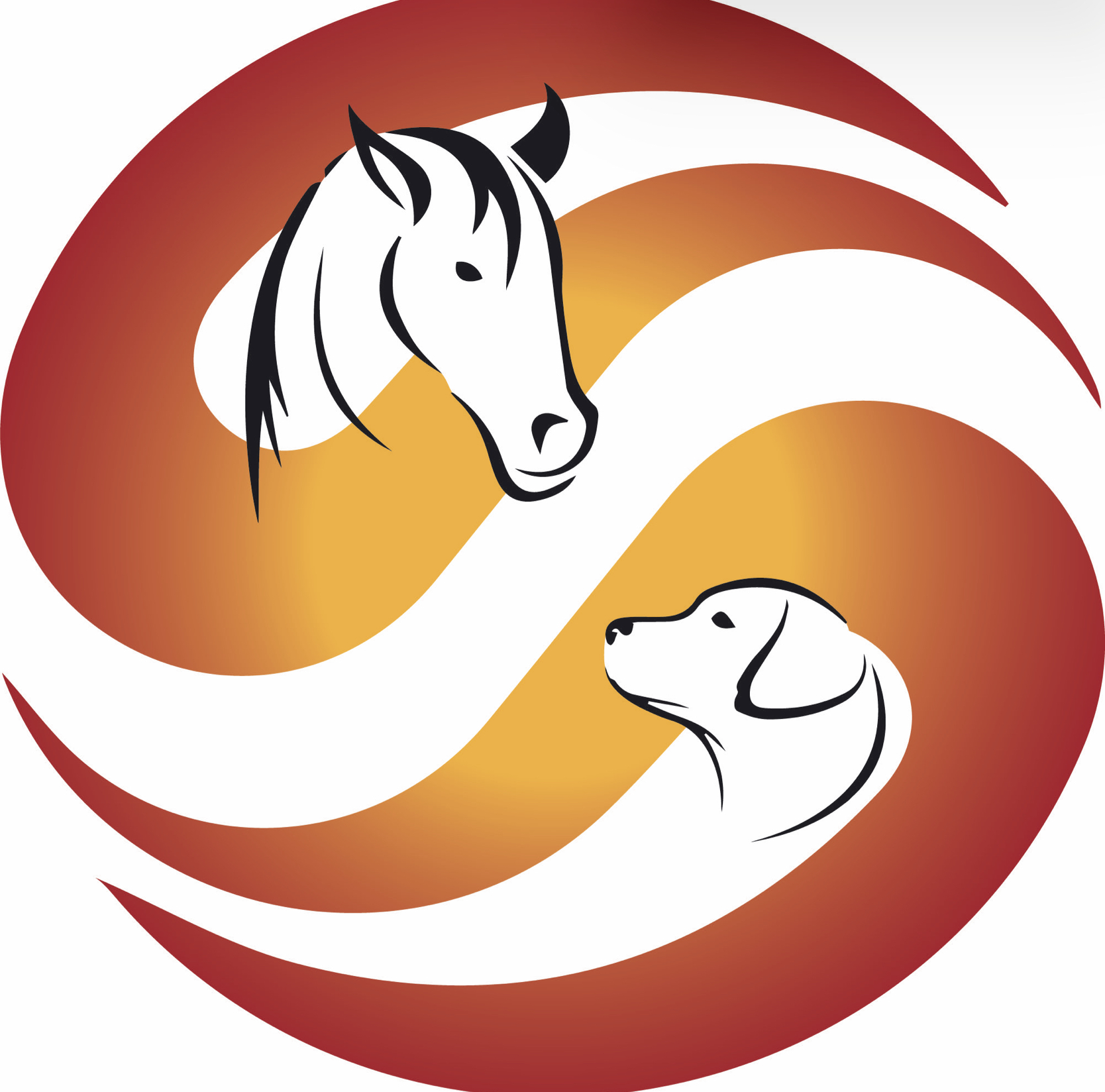Steps to South Africa - the gaited Boerperd
- tsaukltd

- Sep 11, 2023
- 3 min read
Most horses are capable of doing two diagonal gaits, walk and trot, and one lateral gait, canter. Gaited horses are capable of doing two diagonal gaits (walk and trot) but up to three lateral gaits. The names of the two lateral gaits, in addition to the canter, vary greatly according to region and country, but in South Africa the terms mainly used are slow gait and rack (In Afrikaans kortgang and trippel).
Lateral gaits are a genetic trait and so for horses that possess it, the ability comes naturally and is developed and improved with schooling, similar to any form of movement in any riding discipline. The lateral gait has been demonstrated to be due to a gene mutation which was then selected for by horse breeders over many generations. Homozygous horses, with 2 copies of the mutated gene are often more strongly gaited than heterozygous individuals but also have more difficulty transitioning to the gallop and this may explain why it is not seen in TB horses selected for gallop characteristics, and the earlier feral przewalskis horse, below, which needed to escape predation using the innate gallop gait meaning that natural selection eliminated the mutation.

By Claudia Feh - Own work, CC BY-SA 4.0, https://commons.wikimedia.org/w/index.php?curid=40820924
The lateral gait is marked by the stride direction of the front and hind leg working together. So, the legs on the same side move in the same direction. In other words, when the left fore goes forward so does the left hind and visa versa.
Slow gait (kortgang) In this gait the hooves on the same side lift off the ground at the same time (at this stage the horse is supported by one or both of the legs on the opposite side). Both legs/hooves keep elevating until they simultaneously reach the highest/turning point and start coming downward. At this turning point both legs/hooves start coming down together again which should be in exact pace with each other, however, as the downward movement starts, the hind leg breaks earlier, striking the ground first. This results in a clear 1-2-1-2 beat of the hoofs. The slow gait is, as indicated by name, slow in pace and in traditional terms should not exceed 6 m/ph.
Rack (trippel) This is the faster, more exciting of the lateral gaits. Same as in the slow gait, the hooves of the same side are elevated at the same time. The difference here is that in the rack, the hind leg/foot breaks downward while the front leg of the same side is still elevating the front hoof. This has the effect that the hind hoof strikes the ground well before the front. In a true rack each hoof strikes the ground in its own time, resulting in a clear and rhythmic 1-2-3-4. Because the hooves are intended to leave the ground at the same time for the next stride, the front leg never really goes under the chest of the horse. So in simple terms the hind foot spends more time on the ground than the front. It is for this reason that a photograph of a racking horse displays the hind leg going far out to the back, yet the front never really going beyond the vertical point.
The lateral gaits allow fast ground coverage in a smooth manner, comfortable for the rider accustomed to many hours each day in the saddle, and also for the horse as it is energy efficient.


Comments